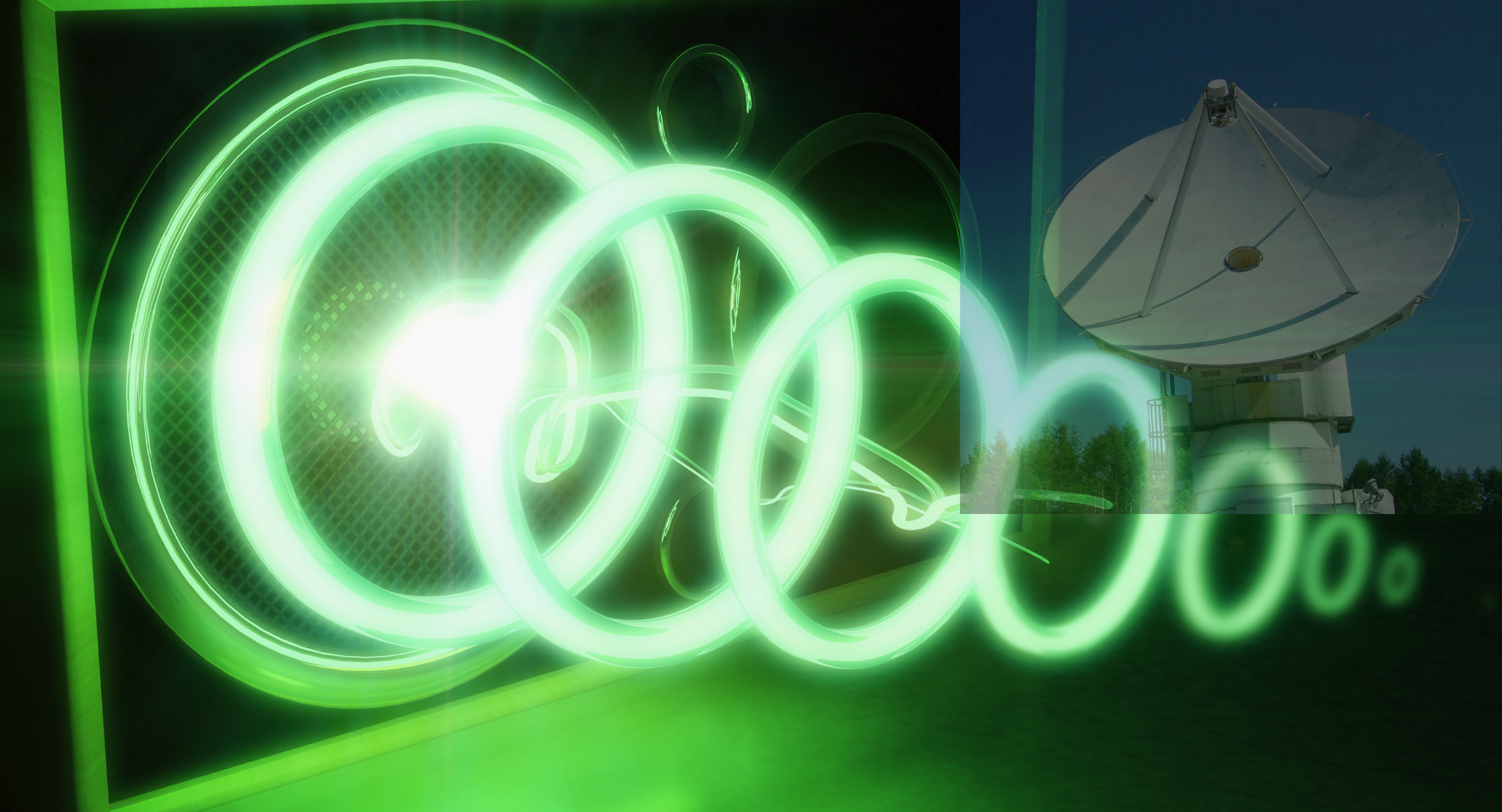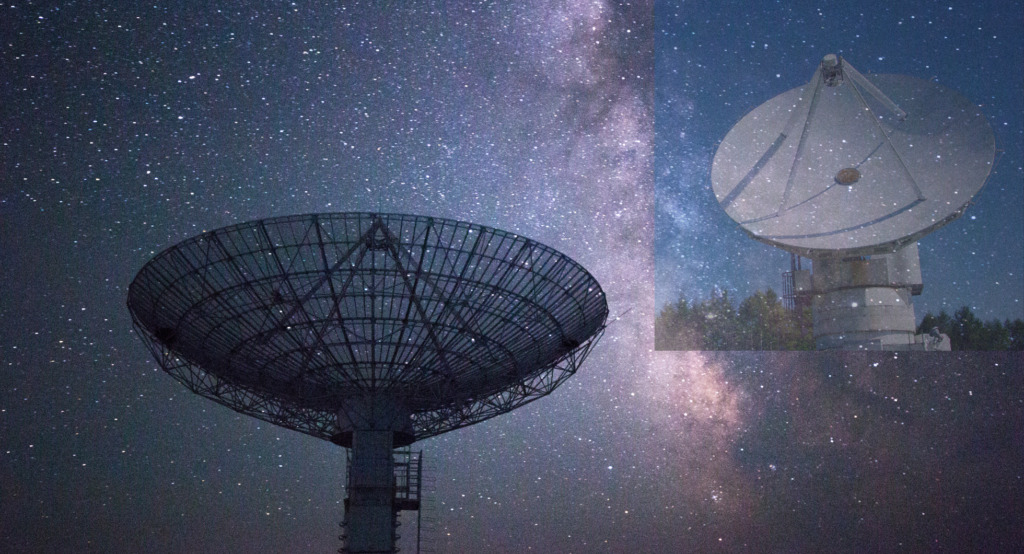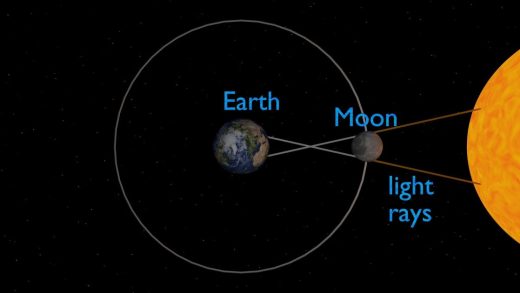Detected new radio source of unknown origin: Astronomers

Australian astronomers have detected a mysterious bright and compact radio source during radio continuum observations of a spiral galaxy known as NGC 2082. The radio source received designation J054149.24–641813.7. In a paper published on 23 May, 2022 on the arXiv pre-print repository. the finding is reported.
According to the astronomers, the origin and nature of this source is unknown and requires further investigation.
What is a radio source?

Generally, radio sources are various objects in the universe that emit relatively large amounts of radio waves. Among the strongest sources of such emission are pulsars, certain nebulas, quasars, and radio galaxies. Radio sources can be observed in other parts of the electromagnetic spectrum like infrared and visible light.
How the researchers found the radio source?
A team of astronomers led by Joel Balzan of Western Sydney University in Australia, have now reported the finding of a new radio source. However, they say that its true nature is still uncertain.
They identified a strong point radio source positioned 20 arcseconds from the galaxy center while observing NGC 2082 using Australian Square Kilometer Array Pathfinder (ASKAP), Australia Telescope Compact Array (ATCA) and Parkes radio telescope.
Located some 60 million light years away from the Earth, NGC 2082 is a G-type spiral galaxy in the Dorado constellation. The galaxy has a diameter of approximately 33,000 light years.
The researchers have written in the paper that they present radio continuum observations of NGC 2082 using ASKAP, ATCA and Parkes telescopes from 888 MHz to 9,000 MHz. They have also stated that some 20 arcsec from the center of this nearby spiral galaxy, they discovered a bright and compact radio source, J054149.24–641813.7, of unknown origin.
As mentioned in the study, the radio luminosity of J054149.24–641813.7 at 888 MHz is at a level of 129 EW/Hz and that it has a flat radio spectral index (about 0.02). They say that this disfavors the scenario in which J054149.24–641813.7 may be a supernova remnant (SNR) or a pulsar, suggesting that the source may be of thermal origin.
The team also noted that the compact nature of J054149.24–641813.7 and its location at the outskirts of NGC 2082 are reminiscent of those of some fast radio bursts (FRBs). But, the results suggest that J054149.24–641813.7 is probably not bright enough to be a persistent radio source with an embedded FRB progenitor.
Final results and implication of the finding
Finally, they came to the conclusion that the most likely remaining possibility is that J054149.24–641813.7 is an extragalactic background source, such as quasi-stellar object (QSO, quasar), radio galaxy or active galactic nucleus (AGN). They added that the flat spectral index together with somewhat weak polarization at 5,500 and 9,000 MHz support this hypothesis.
There is, however, currently no high resolution neutral atomic hydrogen (HI) absorption data for NGC 2082, which could confirm this assumption.
Recommended Readings:
The researchers also clarified that they found that the probability of finding such a source behind NGC 2082 was P = 1.2 percent, and concluded that the most likely origin for J054149.24–641813.7 was a background quasar or radio galaxy.
The detection of the unknown radio source from the outskirts of NGC 2082 suggests that such objects may be common in the universe. Another implication of the new research is that it expands the current catalog of known radio sources.
Concluding paragraph
This detection of an intergalactic radio source of unknown origin, through a careful search in archival data and its subsequent follow-up activities, is a clear demonstration that the exploration of the radio sky is still rich of discoveries.
It is also a clear demonstration of the significant contributions that powerful and versatile instruments such as ASKAP, ATCA and Parkes can provide to this area of research. Finally, it is a large step forward in the process of investigating our universe at radio wavelengths.

